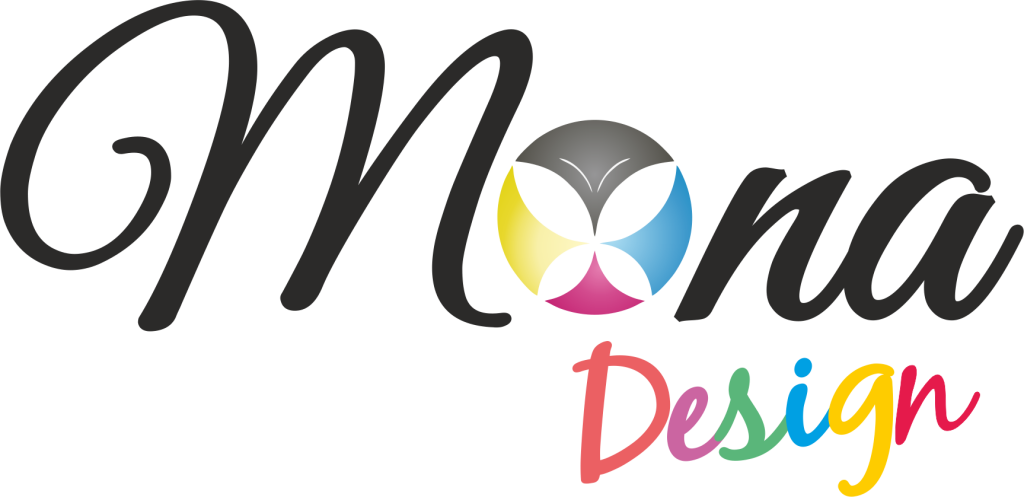Best Packaging and Branding Design in Ahmedabad : Mona Design
New Ultimate Guide to The Becoming a Successful Graphic Designer

Graphic design is a dynamic and rewarding field that blends creativity with technology to communicate ideas through visual content. Whether you’re a seasoned professional or an aspiring designer, understanding the essentials of graphic design can significantly enhance your career. In this guide, we’ll explore the key aspects of graphic design, from skills and tools to career tips and industry trends, ensuring you have a comprehensive understanding of what it takes to succeed in this vibrant industry.
What is Graphic Design?
Graphic design is the art of creating visual content to communicate messages. By applying visual hierarchy and page layout techniques, graphic designers use typography and pictures to meet users’ specific needs and focus on the logic of displaying elements in interactive designs to optimize the user experience.
Essential Skills for Graphic Designers
1. Creativity and Innovation
At the heart of graphic design is creativity. Successful graphic designers constantly push the boundaries of their creativity to produce original and captivating designs. Staying updated with the latest design trends and being open to new ideas can foster innovation.
2. Proficiency in Design Software
Proficiency in design software is crucial for any graphic designer. Some of the most popular tools include:
- Adobe Photoshop: For photo editing and manipulation.
- Adobe Illustrator: Ideal for vector graphics and illustrations.
- Adobe InDesign: Perfect for layout design and print media.
- Sketch: A favorite among UI/UX designers.
3. Typography
Typography is a critical aspect of graphic design. Understanding font pairing, kerning, and leading can significantly impact the readability and overall aesthetic of your design.
4. Understanding of Color Theory
Color theory is essential in creating visually appealing designs. Knowing how to use colors effectively can evoke emotions and convey messages more powerfully.
5. Communication Skills
Graphic designers must communicate effectively with clients and team members to understand project requirements and deliver the desired results.
Steps to Become a Graphic Designer
1. Get a Relevant Education
While a degree is not always necessary, having a formal education in graphic design can provide a strong foundation. Many universities and colleges offer specialized courses in graphic design, digital media, and related fields.
2. Build a Strong Portfolio
Your portfolio is a showcase of your best work and is often the deciding factor in landing a job or client. Include a variety of projects that demonstrate your versatility and skill.
3. Gain Experience
Internships and freelance projects are excellent ways to gain practical experience. Working on real-world projects helps you build a robust portfolio and develop professional relationships.
4. Stay Updated with Industry Trends
The design industry is constantly evolving. Keeping up with the latest trends, tools, and technologies ensures that your skills remain relevant and competitive.
5. Network with Other Designers
Networking with other designers can provide valuable insights, inspiration, and job opportunities. Join design communities, attend workshops, and participate in online forums.
Career Opportunities for Graphic Designers
Graphic designers have a wide range of career opportunities, including:
- Web Designer: Focuses on creating visually appealing and user-friendly websites.
- UI/UX Designer: Specializes in enhancing user experience and interface design.
- Brand Identity Designer: Creates logos and branding materials.
- Print Designer: Works on print media such as brochures, posters, and magazines.
- Freelance Designer: Offers design services on a project-by-project basis.
Industry Trends to Watch
1. Motion Graphics
Motion graphics are becoming increasingly popular, especially in digital marketing and social media. Adding movement to your designs can capture attention and convey information more effectively.
2. Minimalist Design
Minimalism continues to dominate the design landscape. Clean, simple, and clutter-free designs are not only aesthetically pleasing but also improve user experience.
3. Sustainable Design
Sustainable and eco-friendly design practices are gaining traction. Using sustainable materials and considering the environmental impact of your designs is becoming more important.
4. Augmented Reality (AR) and Virtual Reality (VR)
AR and VR are opening new possibilities for graphic designers. These technologies provide immersive experiences and are being used in various fields, from gaming to education

